
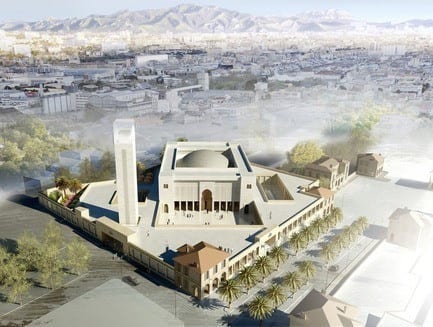
A v2com exclusive
The Marseille Grand Mosque
Bureau Architecture Méditerranée
Marseille, France, 2014-11-24 –
Our project integrates into its surroundings by respecting the urban fabric and existing buildings listed on the register of historic monuments. The use of the same type of stone, the preservation of existing buildings and respect for alignments all give the building an almost discreet character.
At the same time, the project establishes a strong identity, with the prayer hall and minaret recessed from the street.
The minaret and prayer hall are clad in white stone, symbolizing purity.
The project incorporates the characteristic elements of Mediterranean architecture:
The patio
The ornamental pool
The Mediterranean garden
The mouchrabieh
The portico
The terraces
See, for example, the Alhambra in Grenada
The project has two distinct entities:
– The podium follows the contours of the site and provides the base for the other elements. It defines relationships with the city and the adjoining urban environment
– The elevated portions express the building’s religious character
Historically, the patio is a characteristic element of mosque architecture.
The design of a mosque differs from that of a Roman Catholic cathedral in its relationship with public space.
A cathedral has a parvis with a monumental relationship to the building.
With a mosque, monumentality is never frontal.
The patio creates a transition and breathing room between the city and the prayer hall.
On the ground floor, an arcade connects the two main entrances and provides access to different parts of the complex (restaurant and tea room, library, bookstore, administrative offices, Koran school). The interior of the mosque is open to the public, a district that can be crossed, where one can stop for tea, buy a book or simply watch the world go by.
Upstairs, the terrace extends the library into the open air and provides a panoramic view of the Marseille skyline and harbour.
In terms of the profile, we paid special attention to proportions, seeking a harmonious relationship between the minaret and the prayer hall, balancing filled and empty spaces.
These spaces also ensure ample natural light for the prayer hall.
This is an approach focused on indoor lighting.
The supporting structure is not emphasized; rather it gives way to the light.
Lateral indirect light makes the cupola appear to float in space.
The stone minaret is topped with a glass volume.
The structure as a whole symbolizes the passage from the material to the immaterial.
The call to prayer will be made with a signal light to avoid disturbing the neighbourhood.
Environmental quality was a core concern at every stage.
This is reflected in the control over natural light, protection from direct sunlight, thermal regulation (natural cooling from Provençal rains, natural nocturnal ventilation), and the reduction of operating and maintenance costs.
The project includes a well and a water recycling and rainwater collection system for watering the gardens, with the aim of controlling operating expenses.
Main issues around the project:
The Marseille Grand Mosque will have a positive impact on its neighbourhood and beyond into the city of Marseille as a whole. It represents an excellent opportunity for the city.
Its international dimension and its openness to Mediterranean cultures and spaces will promote mutual respect among cultures, putting it firmly within Marseille’s tradition of hospitality and tolerance.
The creation of a place of worship worthy of the name, symbolizing the recognition of Islam as France’s second-largest religion, will help give Islam a more positive image in France.
The activities of the Marseille Grand Mosque will include a significant amount of dialogue among different religious communities, in the spirit of the initiatives spearheaded by Marseille Espérance.
These gatherings focused on inter-religion dialogue, tolerance and understanding will help build peace and social cohesion.
The mosque will be a structuring landmark for the city and the Mediterranean basin.
It will contribute to growth in international tourism, leading to important spinoffs in employment and Marseille’s positive image in Europe, around the Mediterranean and in the Arab world.
It represents an opportunity for Marseille to affirm its pluralistic identity and fundamentally Mediterranean character.
The competition for the Marseille Grand Mosque project
In March 2008, eight teams were invited to enter an international competition to build a new grand mosque in Marseille:
Atelier EUROMED Marseille
Ateliers Jean NOUVEL Paris
Atelier KHELIF Marseille
Bureau Architecture Méditerranée Marseille
Atelier Franck HAMMOUTENE Paris
Paulo POTOGHESI Rome
Studio KO Paris
ZAHA HADID Architects London
Based on the review of the submissions, BAM was named the winner of the competition on June 30, 2008.
The jury of professionals awarded the project to BAM by a vote of 12 to 11.
About BAM
Bureau Architecture Méditerranée was founded in 2003 with the goal of creating buildings within the framework of modern Mediterranean culture.
The firm has a network of offices located around the Mediterranean basin.
B.A.M. has three partner architects:
Maxime REPAUX, Thierry CHAMBON and Frédéric ROUSTAN, along with Director Yassine ALLICHE
The firm operates out of five cities: MARSEILLE, AUBENAS, VALENCE, ALGIERS and TUNIS.
The firm’s work draws on Mediterranean cultural foundations. With a presence on the sea’s north and south shores, its projects benefit from the region’s symbolic and contextual elements.
B.A.M. creates Mediterranean architecture defined by a way of life in which indoor and outdoor space flow into one another, and by the quality of outward extensions: patios, loggias, attics, gardens, the use of water…
The transition from interior to exterior makes it possible to manage and filter light with subtlety, to include mouchrabiehs and loggias for protection from intense sunlight, and thus to design thick bioclimatic façades. Gardens, vegetation and the appropriate use of water in basins and fountains, giving spaces a refreshing element, are also part of this approach.
A true expression of the art of Mediterranean living, beyond architecture, our work is designed to be a superb window for viewing this world, through a marriage of Euro-Mediterranean cultures and expertise.
Recent projects completed in Marseille, Algiers and Cairo:
Parliament, Congress and Senate of the Republic of Algeria – Restricted tender 2012-2014
Institut Français d’Archéologie Orientale, Cairo – International competition 2007
Centre Culturel Français d’Alger (French embassy) – Completed 2008
Algerian consulate, Marseille – Completed 2009
Air Algérie agency, Marseille – Completed 2008
Ministry of foreign affairs, Algiers – International competition 2003
– 30 –
- Bureau Architecture Méditerranée
- Maxime Repaux
- [email protected]
- +33 (0)4 91 91 61 70
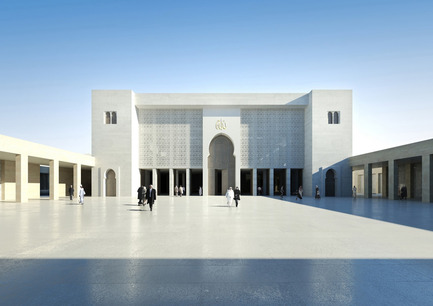
Bureau Architecture Méditerranée
~
1.1 MB
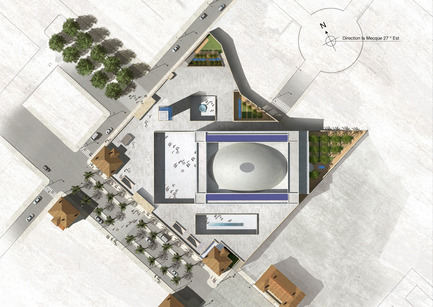
Bureau Architecture Méditerranée
~
950 KB

Bureau Architecture Méditerranée
~
15 MB
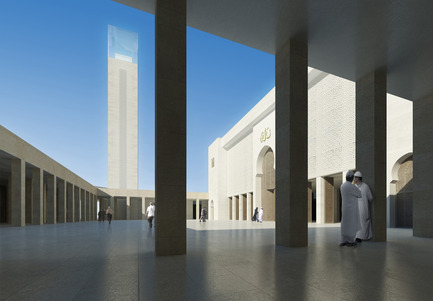
Bureau Architecture Méditerranée
~
2.5 MB
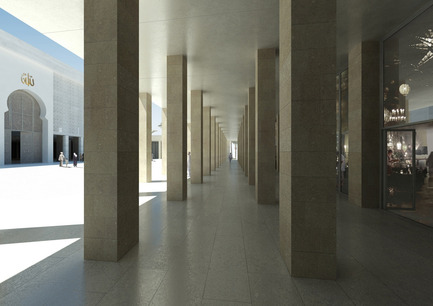
Bureau Architecture Méditerranée
~
1.1 MB
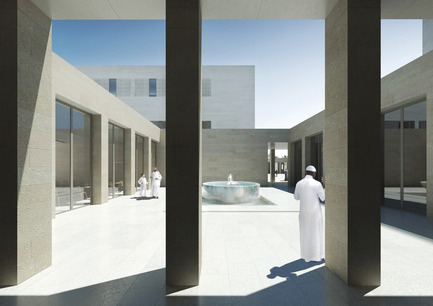
Bureau Architecture Méditerranée
~
1.1 MB
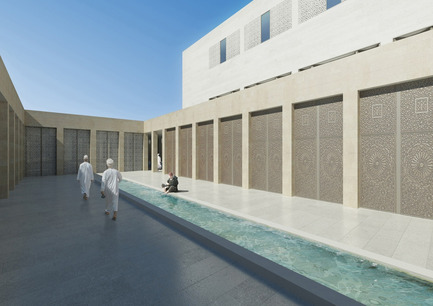
Bureau Architecture Méditerranée
~
1.3 MB

Bureau Architecture Méditerranée
~
2.5 MB
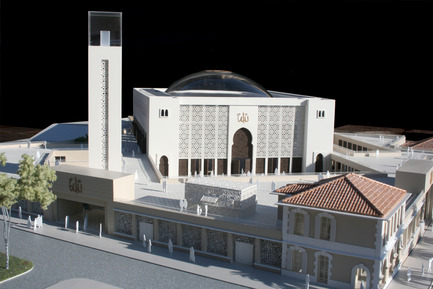
Bureau Architecture Méditerranée
~
1.7 MB
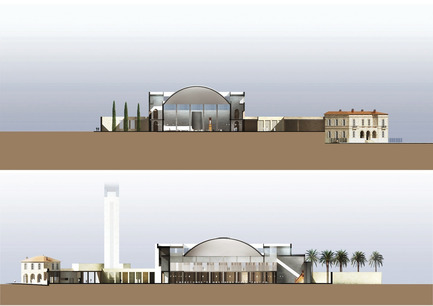
Bureau Architecture Méditerranée
~
700 KB

Bureau Architecture Méditerranée
~
740 KB
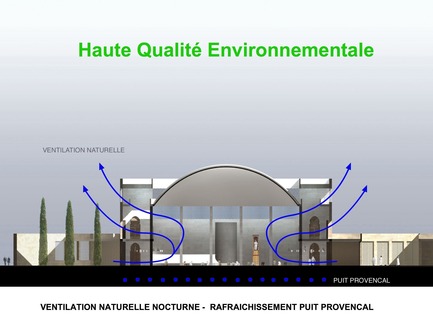
Bureau Architecture Méditerranée
~
390 KB

Bureau Architecture Méditerranée
~
12 MB

Bureau Architecture Méditerranée
~
13 MB

Bureau Architecture Méditerranée
~
5.5 MB




